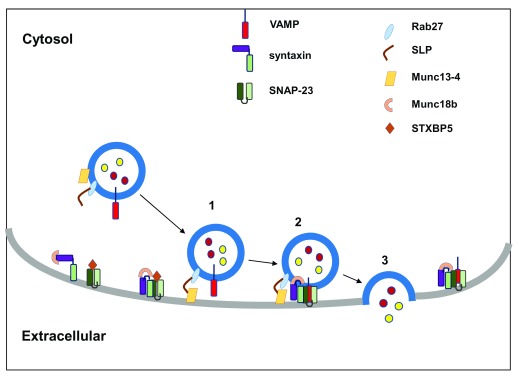Figure 2. SNARE-mediated platelet granule exocytosis.
The pathway of platelet granule exocytosis involves (1) granule docking, (2) priming, and (3) membrane fusion and cargo release. Rab27b and its effectors syntaptotagmin-like protein and Munc13-4 present on vesicle membrane are required for granule docking. Platelet activation promotes conformation change in syntaxins, sequestered by Munc18b in the resting state. This activation results in “priming” with subsequent formation of a four-helical bundle consisting of one R-SNARE provided by VAMP (red) and three Q-SNAREs provided by syntaxin and SNAP-23 (shades of green). In addition, syntaxin binding protein 5 (STXBP5) regulates t-SNARE function by binding syntaxin-SNAP-23 heterodimers. SNARE engagement ultimately leads to formation of the membrane fusion pore and cargo release. SNAP, soluble NSF attachment proteins; SNARE, soluble N-ethylmaleimide-sensitive factor attachment protein receptor; VAMP, vesicle-associated membrane protein.

